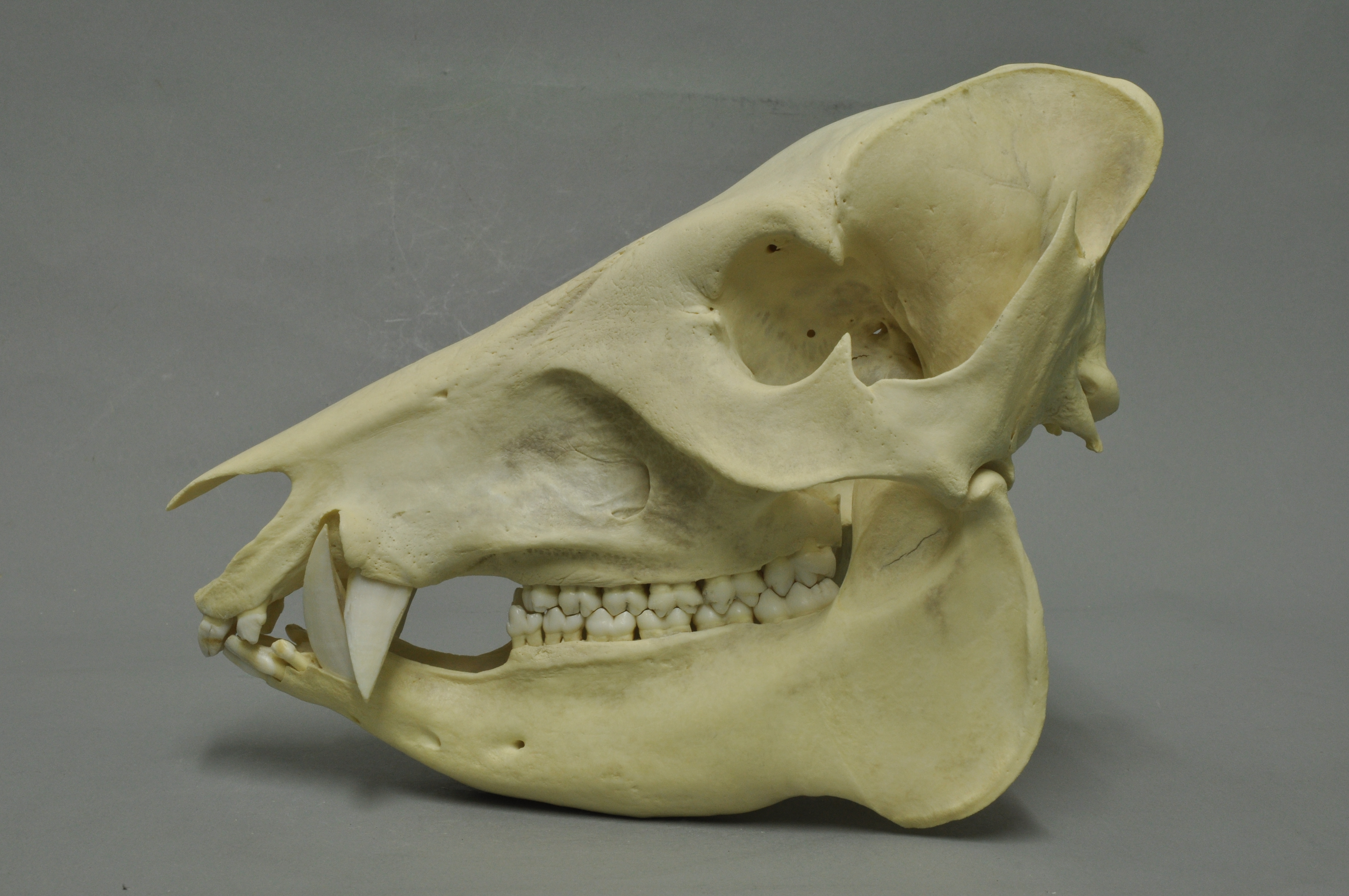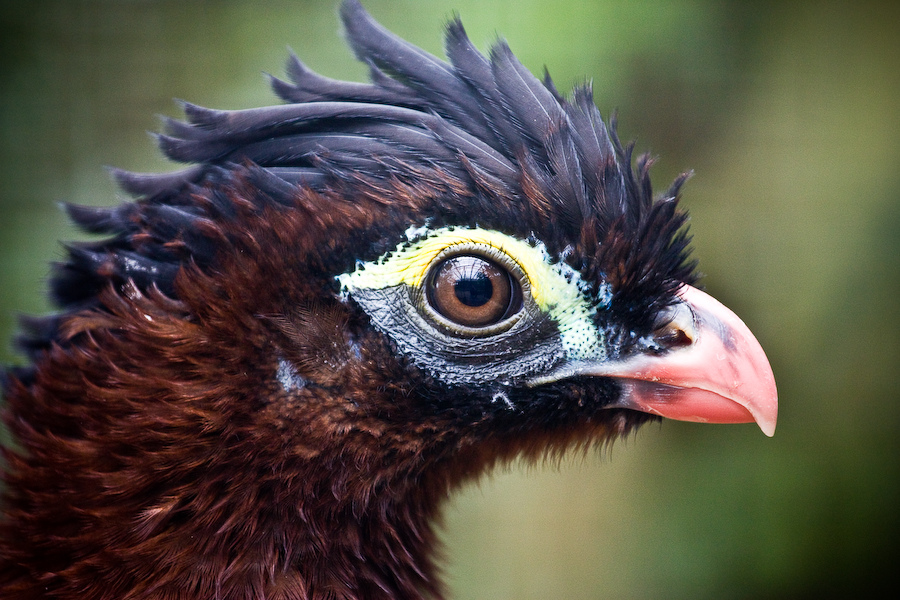|
Nunak People
The Nukak people (also Nukak- Makú) live between the Guaviare and Inírida rivers, in the depths of the tropical humid forest, on the fringe of the Amazon basin, in Guaviare Department, Republic of Colombia. They are nomadic hunter-gatherers with seasonal nomadic patterns and practice small-scale shifting horticulture.Mondragón, Héctor 1994 "La defensa del territorio Nukak" en Antropología y derechos Humanos. Memorias del VI Congreso de Antropología en Colombia. Carlos Vladimir Zambrano editor. Universidad de los Andes, p.p. 139 a 155. Bogotá D.C.- They were classified as "uncontacted people" until 1981, and have since lost half of their population primarily to disease. Part of their territory has been used by coca growers, ranchers, and other settlers, as well as being occupied by guerrillas, army and paramilitaries. Responses to this crisis include protests, requests for assimilation, and the suicide of leader Maw-be'. An estimated 210–250 Nukak people live in pr ... [...More Info...] [...Related Items...] OR: [Wikipedia] [Google] [Baidu] |
Saimiri
Squirrel monkeys are New World monkeys of the genus ''Saimiri''. ''Saimiri'' is the only genus in the subfamily Saimirinae. The name of the genus is of Tupi origin (''sai-mirím'' or ''çai-mbirín'', with ''sai'' meaning 'monkey' and ''mirím'' meaning 'small') and was also used as an English name by early researchers. Squirrel monkeys live in the tropical forests of Central and South America in the canopy layer. Most species have parapatric or allopatric ranges in the Amazon, while ''S. oerstedii'' is found disjunctly in Costa Rica and Panama. There are two main groups of squirrel monkeys recognized. They are differentiated based on the shape of the white coloration above the eyes. In total there are 5 recognized species. Squirrel monkeys have short and close fur colored black at the shoulders, yellow or orange fur along the back and extremities, and white on the face. Squirrel monkeys have determined breeding seasons which involve large fluctuations in hormones and there is ... [...More Info...] [...Related Items...] OR: [Wikipedia] [Google] [Baidu] |
Tayassu Pecari
The white-lipped peccary (''Tayassu pecari'') is a species of peccary found in Central and South America and the only member of the genus ''Tayassu''. Multiple subspecies have been identified. White-lipped peccaries are similar in appearance to pigs, but covered in dark hair (except on certain regions, such as the throat, where it is cream). The range of ''T. pecari'', which extends from Mexico to Argentina, has become fragmented, and the species's population is declining overall (especially in Mexico and Central America). They can be found in a variety of habitats. Social animals, white-lipped peccaries typically forage in large groups, which can have as many as 300 peccaries. They are an important part of their ecosystem and multiple efforts are being made to preserve them in the wild. Not all disappearances are explained, but human activities play a role, with two major threats being deforestation and hunting; the latter is very common in rural areas, although it can be dange ... [...More Info...] [...Related Items...] OR: [Wikipedia] [Google] [Baidu] |
Peccary
A peccary (also javelina or skunk pig) is a medium-sized, pig-like hoofed mammal of the family Tayassuidae (New World pigs). They are found throughout Central and South America, Trinidad in the Caribbean, and in the southwestern area of North America. They usually measure between in length, and a full-grown adult usually weighs about . They represent the closest relatives of the family Suidae, which contains pigs and relatives. Together Tayassuidae and Suidae are grouped in the Suina within the Artiodactyla (even toed ungulates). Peccaries are social creatures that live in herds. They eat roots, grubs, and a variety of foods. They can identify each other by their strong odors. A group of peccaries that travel and live together is called a "squadron". A squadron of peccaries averages between six and nine members. Peccaries first appeared in North America during the Miocene, and migrated into South America during the Pliocene-Pleistocene as part of the Great American Interchange ... [...More Info...] [...Related Items...] OR: [Wikipedia] [Google] [Baidu] |
Socratea Exorrhiza
''Socratea exorrhiza'', the walking palm or cashapona, is a Arecaceae, palm native to rainforests in tropical Central America, Central and South America. It can grow to 25 metres in height, with a stem diameter of up to 16 cm, but is more typically 15–20 m tall and 12 cm in diameter. It has unusual stilt roots, the function of which has been debated. Many species of epiphyte have been found growing on the palms. The palm is pollinated by beetles, and various organisms eat its seeds or seedlings. Function of stilt roots E. J. H. Corner in 1961 hypothesised that the unusual stilt roots of ''S. exorrhiza'' were an adaptation to allow the palm to grow in swampy areas of forest. No evidence exists that stilt roots are in fact an adaptation to flooding, and alternative functions for them have been suggested. John H. Bodley suggested in 1980 that they in fact allow the palm to "walk" away from the point of germination if another tree falls on the seedling and knocks it ... [...More Info...] [...Related Items...] OR: [Wikipedia] [Google] [Baidu] |
Toucan
Toucans (, ) are members of the Neotropical near passerine bird family Ramphastidae. The Ramphastidae are most closely related to the American barbets. They are brightly marked and have large, often colorful bills. The family includes five genera and over forty different species. Toucans are arboreal and typically lay 2–4 white eggs in their nests. They make their nests in tree hollows and holes excavated by other animals such as woodpeckers—the toucan bill has very limited use as an excavation tool. When the eggs hatch, the young emerge completely naked, without any down. Toucans are resident breeders and do not migrate. Toucans are usually found in pairs or small flocks. They sometimes fence with their bills and wrestle, which scientists hypothesize they do to establish dominance hierarchies. In Africa and Asia, hornbills occupy the toucans' ecological niche, an example of convergent evolution. Taxonomy and systematics The name of this bird group is derived from the ... [...More Info...] [...Related Items...] OR: [Wikipedia] [Google] [Baidu] |
Grey-winged Trumpeter
The grey-winged trumpeter (''Psophia crepitans'') is a member of a small family of birds, the Psophiidae. It is found in Brazil, Colombia, Ecuador, French Guiana, Guyana, Peru, Suriname, and Venezuela.Remsen, J. V., Jr., J. I. Areta, E. Bonaccorso, S. Claramunt, A. Jaramillo, D. F. Lane, J. F. Pacheco, M. B. Robbins, F. G. Stiles, and K. J. Zimmer. Version 24 July 2022. Species Lists of Birds for South American Countries and Territories. https://www.museum.lsu.edu/~Remsen/SACCCountryLists.htm retrieved July 24, 2022 Taxonomy and systematics The grey-winged trumpeter's taxonomy is unsettled. The International Ornithological Committee (IOC), the South American Classification Committee of the American Ornithological Society, and the Clements taxonomy assign it three subspecies: the nominate ''P. c. crepitans'', ''P. c. napensis'', and ''P. c. ochroptera''. Some authors treat ''P. c. ochroptera'' as a subspecies of the pale-winged trumpeter (''P. leucoptera'') and BirdLife Internat ... [...More Info...] [...Related Items...] OR: [Wikipedia] [Google] [Baidu] |
Curassow
Curassows are one of the three major groups of cracid birds. They comprise the largest-bodied species of the cracid family. Three of the four genera are restricted to tropical South America; a single species of ''Crax'' ranges north to Mexico. They form a distinct clade which is usually classified as the subfamily Cracinae. Evolution In line with the other 3 main lineages of cracids (chachalacas, true guans, and the horned guan), mt and nDNA sequence data indicates that the curassows diverged from their closest living relatives (probably the guans) at some time during the Oligocene, or c.35–20 mya (Pereira ''et al.'' 2002). This data must be considered preliminary until corroborated by material (e.g. fossil) evidence however. What appears certain from analysis of the molecular data, calibrated against geological events that would have induced speciation is that there are 2 major lineages of curassows: one containing only ''Crax'', and another made up of ''Mitu'' and ''Paux ... [...More Info...] [...Related Items...] OR: [Wikipedia] [Google] [Baidu] |
Guan (bird)
The guans are a number of bird genera which make up the largest group in the family Cracidae. They are found mainly in northern South America, southern Central America, and a few adjacent Caribbean islands. There is also the peculiar horned guan (''Oreophasis derbianus'') which is not a true guan, but a very distinct and ancient cracid with no close living relatives (Pereira ''et al.'' 2002). Systematics and evolution The evolution of the group is fairly well resolved due to comprehensive analyses of morphology, biogeography, and mt and nDNA sequences (Pereira ''et al.'' 2002, Grau ''et al.'' 2005). The position of ''Penelopina'' and ''Chamaepetes'' - peculiar genera of which the former, uniquely among guans and more in line with curassows, shows pronounced sexual dimorphism - relative to each other is not determinable with certainty at present, but all evidence suggests that they are the basalmost guans. Their distribution is fairly far northwards, with 2 of their 3 species li ... [...More Info...] [...Related Items...] OR: [Wikipedia] [Google] [Baidu] |
Chachalaca
Chachalacas are galliform birds from the genus ''Ortalis''. These birds are found in wooded habitats in the far southern United States (Texas), Mexico, and Central and South America. They are social, can be very noisy and often remain fairly common even near humans, as their relatively small size makes them less desirable to hunters than their larger relatives. As agricultural pests, they have a ravenous appetite for tomatoes, melons, beans, and radishes and can ravage a small garden in short order. They travel in packs of six to twelve. They somewhat resemble the guans, and the two have commonly been placed in a subfamily together, though the chachalacas are probably closer to the curassows. Taxonomy The genus ''Ortalis'' was introduced (as ''Ortalida'') by the German naturalist Blasius Merrem in 1786 with the little chachalaca (''Ortalis motmot'') as the type species. The generic name is derived from the Ancient Greek word όρταλις, meaning "pullet" or " domestic he ... [...More Info...] [...Related Items...] OR: [Wikipedia] [Google] [Baidu] |
Muscovy Duck
The Muscovy duck (''Cairina moschata'') is a large duck native to the Americas, from the Rio Grande Valley of Texas and Mexico south to Argentina and Uruguay. Small wild and feral breeding populations have established themselves in the United States, particularly in Florida, Louisiana, Massachusetts, the Big Island of Hawaii, as well as in many other parts of North America, including southern Canada. Feral Muscovy ducks are found in New Zealand, Australia, and in parts of Europe. It is a large duck, with the males about long, and weighing up to . Females are noticeably smaller, and only grow to , roughly half the males' size. The bird is predominantly black and white, with the back feathers being iridescent and glossy in males, while the females are more drab. The amount of white on the neck and head is variable, as well as the bill, which can be yellow, pink, black, or any mixture of these colors. It may have white patches or bars on the wings, which become more noticeable durin ... [...More Info...] [...Related Items...] OR: [Wikipedia] [Google] [Baidu] |
Callicebus Torquatus
The collared titi monkey (''Cheracebus torquatus'') is a species of titi, a type of New World monkey. It is endemic to northern Brazil. Taxonomy At the end of the 1980s the genus ''Callicebus'' was revised from the Hershkovitz concept of three species to thirteen neotropical species, with the collared titi, ''Callicebus torquatus'', having four subspecies. In 2001 Colin Groves elevated one of the subspecies, the Colombian black-handed titi, ''C. t. medemi'', to ''Callicebus medemi'' and a year later Van Roosmalen ''et al.'' elevated the remaining subspecies to species. These last changes were made with few arguments to support the changes and were apparently influenced by the increasing use of the so-called phylogenetic species concept of Cracraft, which seeks to define species as the "smallest diagnosable cluster of individual organisms within which there is a parental pattern of ancestry and descent." The species complex was updated to ''Cheracebus'' in 2016. The recent disc ... [...More Info...] [...Related Items...] OR: [Wikipedia] [Google] [Baidu] |






.jpg)
